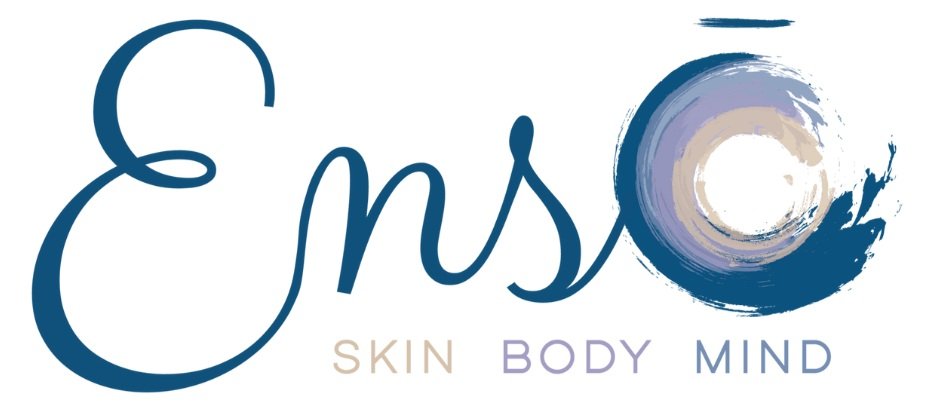More than just pretty toes, foot care is health care
I love a good pedicure. Freshly polished toenails and a little me time….what’s not to love? But foot care is more than just pretty toes.
Your feet absorb hundreds of tons of force on a daily basis. Over the course of a lifetime the average person will take over 215 MILLION steps. That’s A LOT of wear and tear.
Most people don’t think of foot care as part of their daily routine, yet it should be. Your feet are the foundation of your mobility. We need to care for them and pay attention to any problems that arise; otherwise, our ability to walk, work, do chores and engage in recreational activities may be compromised. If you can't walk comfortably, you're more likely to stop being physically active, which will in turn, reduce your quality of life.
Foot hygiene is more than just washing your feet in the shower or bath. (and it’s more than a monthly pedicure)
Here are a few guidelines from INSTITUTE FOR PREVENTIVE FOOT HEALTH:
1. Daily Foot Care
Wash and thoroughly dry your feet every day. Use mild soap, and wash between the toes. Be sure to dry thoroughly, especially between the toes.
Wear clean socks and change them at least daily—more frequently if you are active and/or your feet perspire heavily (IPFH suggests padded socks for their moisture-wicking properties). Man-made fibers or blends help move (“wick”) moisture away from the feet, reducing the chances of problems such as athlete’s foot or blisters.
Keep shoes clean, inside as well as outside.
Rotate shoes—don’t wear the same pair two days in a row. Give your shoes time to dry out, especially if you are active or perspire heavily.
For optimal foot protection, IPFH recommends wearing properly selected and fitted, as part of an integrated approach, padded socks with shoes with non-slip outsoles and any inserts or orthotics prescribed or recommended by a doctor or foot health professional.
Avoid going barefoot, particularly in public areas; if you do, wash your feet carefully afterwards.
2. Toenail Care
Trim toenails regularly (at least every two weeks). Cut them straight across, not on a curve, and file down sharp edges using an emery board.
Use clean nail clippers or scissors. Sanitize them periodically by immersing them in alcohol.
Do not attempt to cut your own toenails if you have trouble reaching them, cannot see them well, or if you have diabetes and/or neuropathy (loss of sensation in the feet), peripheral vascular disease or other circulatory issues in the feet and legs. Instead, visit a foot health professional.
Seek medical attention for discolored toenails, which could indicate an underlying health problem. Healthy toenails should be pale pink where they are attached to the skin, and the part that grows above the toe should be clear where it is not adhered to the skin.
Do not put nail polish or lacquer on discolored toenails.
3. Daily Foot Inspection
Check the tops and bottoms of your feet, as well as your toes, between your toes and your toenails. Look and feel for the following:
Bumps, lumps, blisters or bruises.
Cuts, sores, or cracked skin. Even the tiniest crack can become infected.
Temperature differences (one part warm, another cold). These can signal lack of blood flow.
Pain, tingling, numbness or no feeling at all. These can signal nerve problems.
Ingrown toenails with red, puffy skin along the nail and tenderness or pain.
Loss of hair on foot or leg can indicate circulation problems.
If you have trouble seeing the bottom or other parts of your feet, use a mirror to help you.
If your feet hurt, try to identify the source and manage it appropriately (see Foot Conditions for information on specific conditions.
If you can’t tell what’s causing the pain, or if pain does not go away on its own, consult a physician or foot health professional. Remember that minor issues can become major issues if left alone and unresolved.
To help you care for your feet I offer a callus softening foot treatment as well as a more advanced foot treatment called the “medi pedi”.
The callus softening treatment is available as an add on to any service for an additional $33. A great service for lightly callused and dry feet, it will leave your skin hydrated and softer.
The “medi pedi” (available by request only for $90) is more suited for feet with rough, hard, cracked build up. Using an alkaline foot treatment we can effectively remove calluses / corns / cracked heels / rough, dry hard skin build up without the use of acids or aggressive rasps.
While it’s not glamorous topic foot health and foot care is essential to your long term health and vitality! Taking care of your (whole) skin is what I do at Ensō Skincare and Wellness. If you’re overdue for some self care Schedule any one of my treatments here You can view all of my services in more detail on the website.

